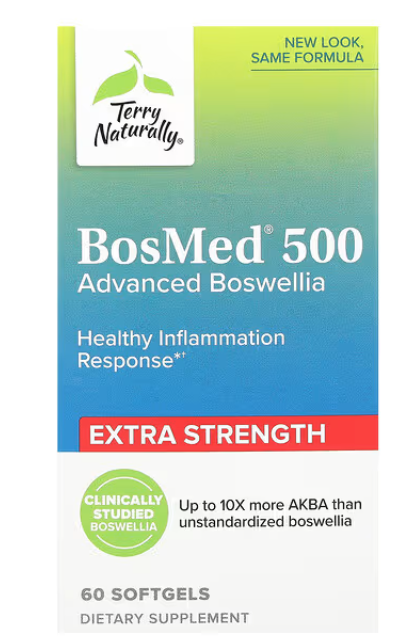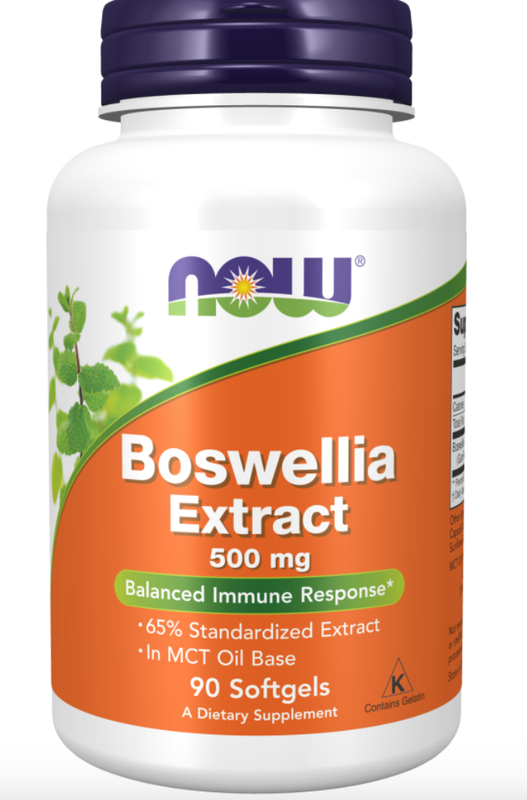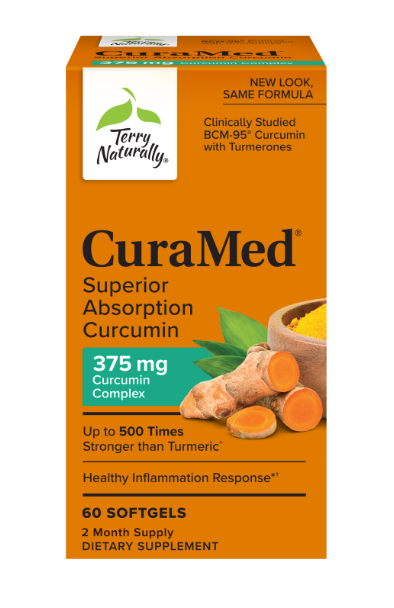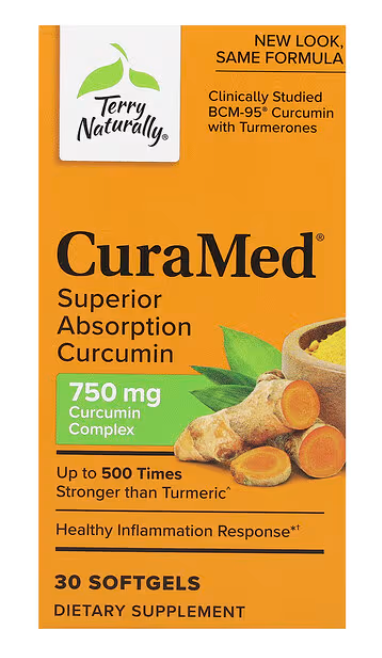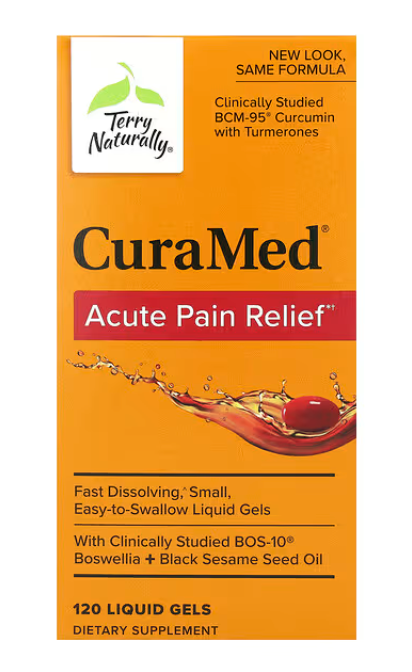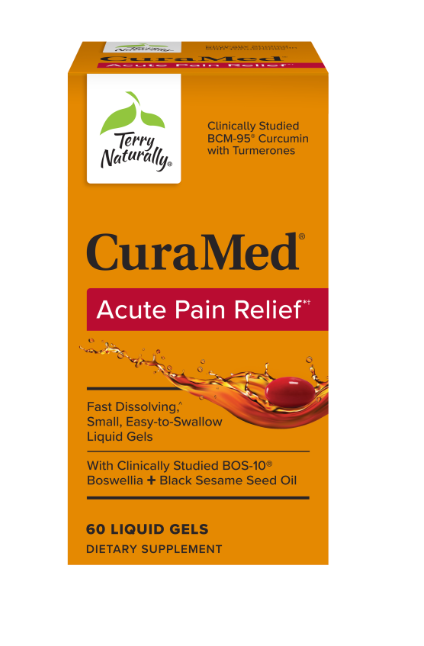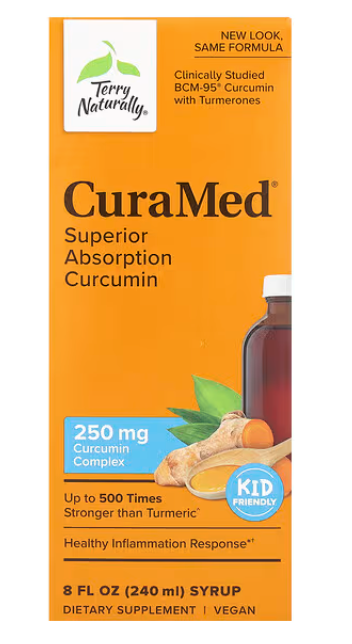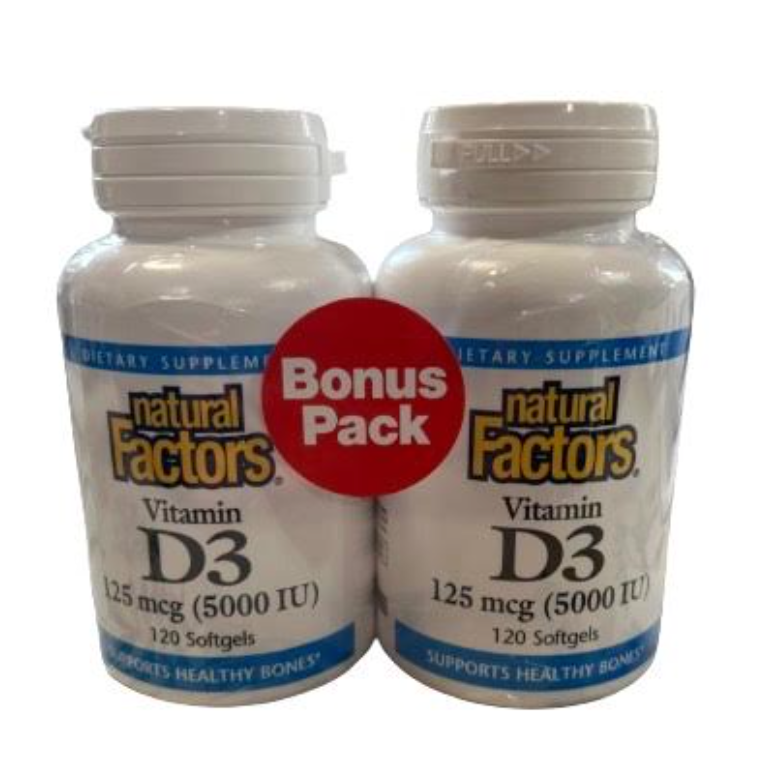TTN: Joint Health! Repairing Painful Knees and other Joints


Do your knees hurt? Are stairs starting to be a misery? When you drop something and it rolls under the couch, do you dread kneeling to retrieve it? Do you avoid getting down on your hands and knees to play with the kids or grandkids? Our knees, hips and ankles are joints that take a beating in daily life, because they support our weight, act as shock absorbers, and allow us to run, jump, dance and dodge. And like movable parts in a machine, they are more prone to problems and they can wear out faster than the rest of our body. Most people respond to knee and joint pain by taking over-the-counter pain relievers like aspirin, acetaminophen, or ibuprofen. But those options take a tremendous toll on the stomach and liver, and have life-threatening adverse effects. They reduce pain, but at a price. Your joints can be saved. In this Terry Talks Nutrition, we are going to look at ways to rescue your knees and improve your other weight-bearing joints as well, with clinically studiednatural ingredients that work as well —or better—than prescription drugs!
We Need Our Knees Pain is a barrier to keeping active. If your knees and joints hurt, even the most moderate exercise often becomes impossible and just walking around the block is a chore. Of course, overall joint health is incredibly important for all of those great physical activities like tennis, bike riding, crosscountry skiing, swimming, and even simply planting or weeding your garden. However, taking care of the pain is only half of the equation. You need nutrients that reduce the inflammation (which damages joint cartilage and other tissue) and nutrients that help build up the structure of the knees and other joints in order to restore healthier levels of functioning. A natural approach to knee and joint health includes ingredients that have been part of traditional medicine systems or integrative practice, but have been improved by recent cutting-edge research. It’s also important to use these nutrients in combination, because —strong as they are—what they accomplish together is even more impressive than what they can do on their own. First, let’s look at two of the strongest ingredients available for relieving pain and inflammation: curcumin and boswellia. Curcumin, the active compound from turmeric (Curcuma longa), has long been used as a treatment for inflammatory diseases. One of its limiting factors, however, has been absorption. The fact is, standard curcumin’s absorption is poor. Because of this, clinical trials have used increasingly larger dosages (up to 10-12 grams daily) in order to get even a small amount into the bloodstream. While no toxicity is associated with curcumin, even at these very high dosage levels, cost, comfort and compliance can be a difficult issue to resolve for many people. The enhanced bioavailable curcumin I recommend is different. It starts with a curcumin extract and, in a unique process, blends it with turmeric essential oil that enhance absorption naturally. In fact, comparison testing shows that this formula has up to 500 times better absorption and greater blood retention time at significant levels than turmeric. By combining this amazing herb with cutting edge science, it can reach its full potential, and give you life changing results. Consider this study on rheumatoid arthritis. Forty-five individuals were randomized to three groups. Group one received diclofenac sodium, 50 mg, twice daily; group two received 500 mg of high-absorption curcumin twice daily; and group three received both diclofenac sodium and curcumin. Enhanced bioavailable curcumin was more effective than diclofenac sodium at reducing joint pain and swelling. Taking the curcumin with the drug was no more effective than using the botanical alone, and taking the drug alone was less effective.
Laboratory studies on kidney and liver function, blood sugar, and a complete blood count were performed before and after participation. There were no significant changes in these measurements in general in all the groups. One laboratory analysis adverse event was reported in the drug (diclofenac sodium) group. In the enhanced bioavailable curcumin groups, there were no drop outs due to adverse effects, but in the diclofenac sodium group, 14% withdrew due to adverse effects. That’s a pretty strong case for going with an effective, natural alternative.
Boswellia—Curcumin’s Perfect Partner Boswellia (Boswellia serrata) is another traditional herb that reduces inflammation and relieves pain. The majority of antiinflammatory activity in boswellia is linked to the array of boswellic acids in the extract. Research studies show that it’s especially potent at reducing the joint pain associated with arthritis. It does this by inhibiting the inflammatory enzyme, 5-LOX. But, make sure you look for a form of boswellia that is screened for compounds that interfere with beneficial activity. That means you should make sure it has less than 5% beta boswellic acid, (which can potentially promote, rather than block, inflammatory compounds) and includes at least 10% AKBA (acetyl-11-ketoß-boswellic acid). This makes for a strong extract, but one that is different from standard boswellia extracts which aren’t as effective. Curcumin and boswellia form the two key players in the combination you want, because they reduce the activity of the two most significant pain pathways in the body— COX-2 and 5-LOX. In fact, a unique combination of enhanced bioavailable curcumin and boswellia was judged to be superior to the prescription arthritis drug, celecoxib (the generic of the brand name Celebrex), in a clinical study of osteoarthritis. The curcumin and boswellia combination was better than celecoxib in relieving pain, walking distance and joint line tenderness scores. Not surprisingly, efficacy and tolerability of the herbal combination used in the current study was shown to be superior to those of celecoxib for treating active osteoarthritis. When it came to relieving pain, 64 percent of those taking the herbal ingredients versus 29 percent in the drug group improved to such a high degree that they were able to move from having “moderate to severe arthritis” to “mild to moderate arthritis.” Of course, it’s not just about relieving pain— it’s about relieving the tissue-damaging inflammation that causes pain. That’s why these two ingredients are so important. They actually help heal the damage done over time to joints. When you use them, you’re not just “covering up” the pain signals your body sends out; you’re helping your body to heal.
Vitamin D and Calcium Fructoborate— Essential for Joint Structure Two other ingredients that help reduce pain and keep the structure of the knees and other joints healthy are vitamin D and calcium fructoborate. There is some exciting new research that shows the relationship between arthritis, joint health, and vitamin D deficiency. In fact, vitamin D deficiency was noted in 69% of the patients with inflammatory joint diseases or connective tissue diseases, 77% with soft tissue rheumatism, 62% with osteoarthritis, 75% with back pain, and 71% with osteoporosis. It’s common for older individuals to be deficient in vitamin D. Another recent study examined serum vitamin D levels in postmenopausal women. As it turned out, 53% percent of the women were actually clinically deficient in vitamin D, and only 17% had sufficient blood levels of the nutrient. Joint pain and joint swelling were reported, (74% and 34%, respectively). Typically, those with the lowest levels of vitamin D showed a higher average joint pain score. But beyond pain, vitamin D is associated with stronger knee cartilage—the cushioning “shock absorber” of our joints. Another recent study showed a correlation between sunlight exposure (which helps our bodies synthesize vitamin D on our own), serum levels of vitamin D, and the loss of knee cartilage. The authors of the study concluded that sufficient vitamin D levels might prevent—or at least slow down—osteoarthritis-related cartilage loss in the knees. One of the challenges they noted was that vitamin D intake levels and serum levels didn’t always correspond. This can be due to a lot of factors, including absorption and metabolic disorders. But despite that, I think that this also shows the importance of having supportive ingredients in combination; you can’t always rely on a single nutrient to do all of the heavy lifting. This is where calcium fructoborate, found naturally in fruits and vegetables, comes in. It helps the body absorb and use Vitamin D, which helps build bone. It also boosted levels of DHEA (dehydroepiandrosterone), a hormone that supports the adrenal glands and can boost energy levels and generally help you feel healthier. Additionally, it has been clinically shown to reduce joint pain in just 8 weeks in volunteers with severe osteoarthritis!
Staying Active Means More Than Relieving Pain It’s easy to think that pain relief is the only thing you have to worry about. No doubt pain relief is important, and I’d always recommend a combination of enhanced bioavailable curcumin, boswellia, DL-phenylalanine, and nattokinase to stop that pain now before beginning a new exercise regimen. But that’s only part of the picture. You need to have a regimen that provides your knees and joints with nutrients that help them heal and thrive. A combination of high-absorption curcumin, boswellia, vitamin D, and calcium fructoborate is the perfect recipe for better knees and joints.
